So this is going to be the last project before I take a break. I am going to be very busy, so I won’t post at all for about maybe 2 weeks or so. Not that I’m leaving, only taking a break.
——————————————————————————————
So this was my FIRST livery project back in the day, and since my building skills got better, I gave this another try.
tweaks from previous version:
-livery redesign
-fixed the issue where the flaps would act like ailerons
-fixed the “EMERY WORLDWIDE” logo
-added the historical Emery 17 registration number
But there are imperfections, like the aerodynamics being super weird. If anyone would want to fix it I would greatly appreciate it! Thx
——————————————————————————————
CONTROLS
AG2:......................Reverse Thrust
AG4:......................Emergency Slides
AG5:......................Autopilot/ Arcade Mode
Landing Gear.......Landing Gear and Landing Lights
VTOL.....................Flaps
Trim......................Trim
——————————————————————————————
Nuts and Bolts: Emery flight 17
The flight was a regular domestic cargo flight from Reno–Tahoe International Airport (RNO) to James M. Cox Dayton International Airport (DAY) with an intermediate stopover at Sacramento Mather Airport in Rancho Cordova, California. The flight was operated by Emery Worldwide - then a major cargo airline in the U.S. - using a McDonnell Douglas DC-8-71F with the three crew members on board.
After completing the taxi checklist, the crew members initiated the before-take-off checklist at around 19:47 local time. They then advised traffic at the airport, which had not yet reopened its control tower, that they were going to initiate the take-off from runway 22L. The crew members were later cleared for take-off. The crew applied a continuous nose-down input during the take-off roll.
As the aircraft reached its V1 speed, the captain called "rotate". The pitch then increased from 0.2 to 5.3°. Data from the control column indicated the crew at the time was still applying forward movement to the control column (nose-down input), but somehow the nose rose upward from 14.5 to 17.4° as the crew added more force to the control column. The aircraft reached V2 and began to lift off.
Immediately after the aircraft lifted off from the runway, the aircraft entered a left turn and the first officer quickly stated that Flight 17 would like to return to Sacramento. The engine's speed began to decrease and the stick shaker activated for the first time. The captain declared an emergency on Flight 17, believing a load shift had occurred. The aircraft began to move erratically, and the elevator deflection and the bank angle began to decrease and increase, respectively. The aircraft began to descend.
The captain repeated the emergency declaration as the engine's speed began to increase. At the time, the aircraft was descending with a steepening bank of 11°. The crew then added power and the aircraft began to climb again. As the aircraft continued to climb, the bank angle began to increase to the left. The captain then contacted Mather tower, stating that Flight 17 "has an extreme CG problem."
The aircraft then continued to fly in a northwesterly heading. The crew was trying to stabilize the aircraft as it began to sway to the left and to the right. The ground proximity warning system then started to sound. At 19:51, the aircraft's left wing contacted a concrete and steel support column for an overhang attached to a two-story building, located adjacent to the southeast edge of the salvage yard. The DC-8 then crashed onto the salvage yard, striking hundreds of cars, before the fuel tanks ruptured and exploded. All three crew members on board were killed.
The cause: it’s right in the name. The right elevator tab came off during takeoff, and that’s way the plane rolled.
Sources:
Wikipedia
NTSB
——————————————————————————————
Credits to RepublicOfCursedPlanes's Kalitta Air/American International Airways Douglas DC-8-61(F) [Flight 808].
Have a good flight y’all
Specifications
Spotlights
- JJsimple 2.9 years ago
General Characteristics
- Predecessor Kalitta Air/American International Airways Douglas DC-8-61(F) [Flight 808]
- Successors 2 airplane(s) +21 bonus
- Created On iOS
- Wingspan 148.3ft (45.2m)
- Length 194.5ft (59.3m)
- Height 44.2ft (13.5m)
- Empty Weight N/A
- Loaded Weight 167,886lbs (76,151kg)
Performance
- Power/Weight Ratio 2.015
- Wing Loading 53.6lbs/ft2 (261.8kg/m2)
- Wing Area 3,131.6ft2 (290.9m2)
- Drag Points 29410
Parts
- Number of Parts 513
- Control Surfaces 8
- Performance Cost 2,675

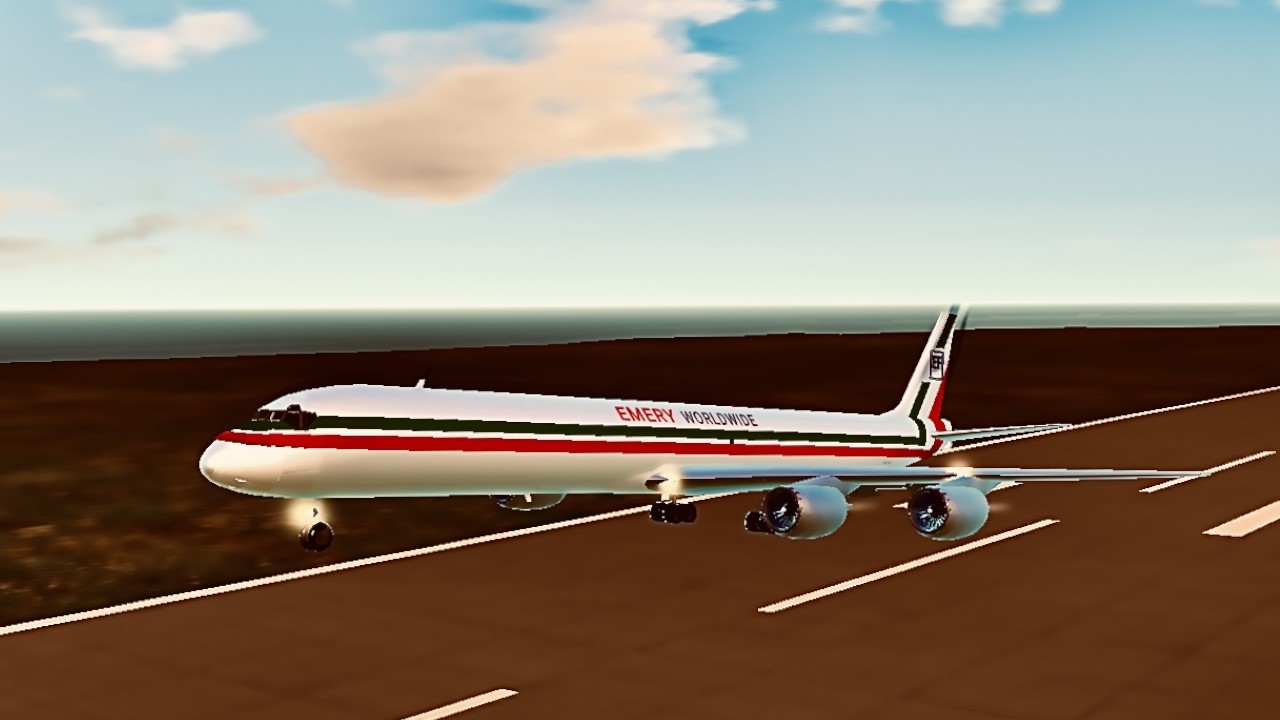

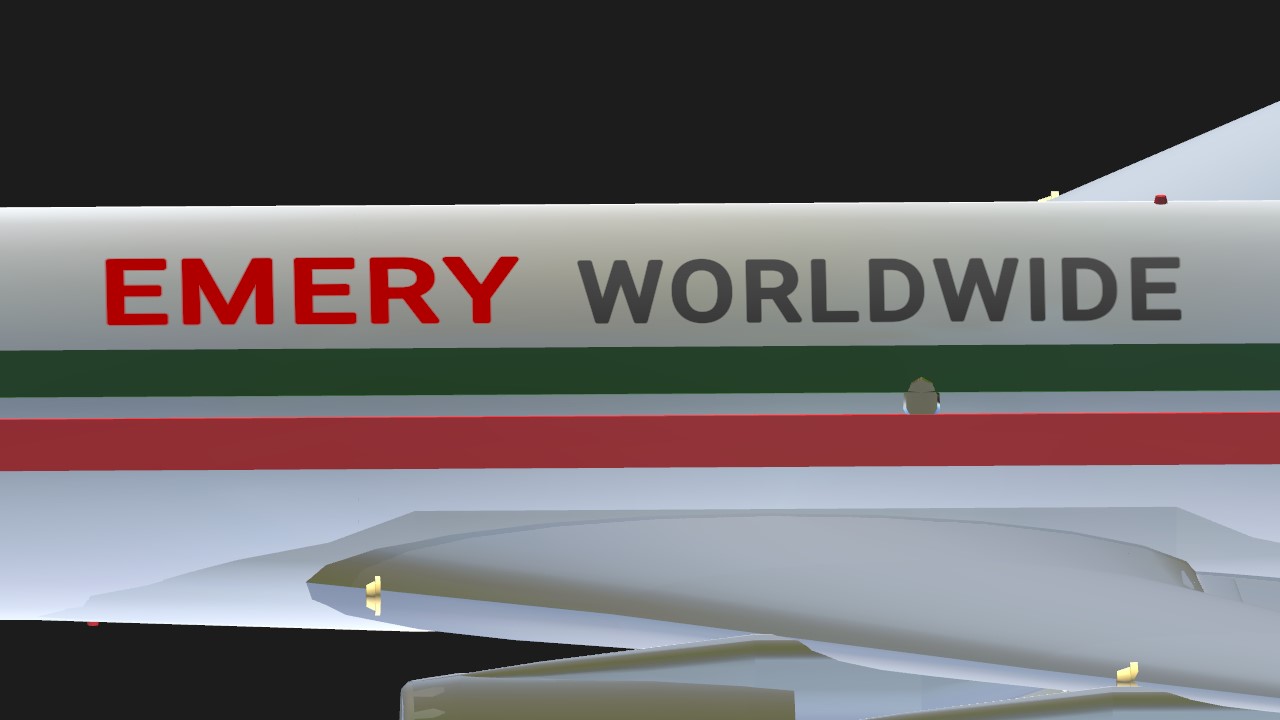
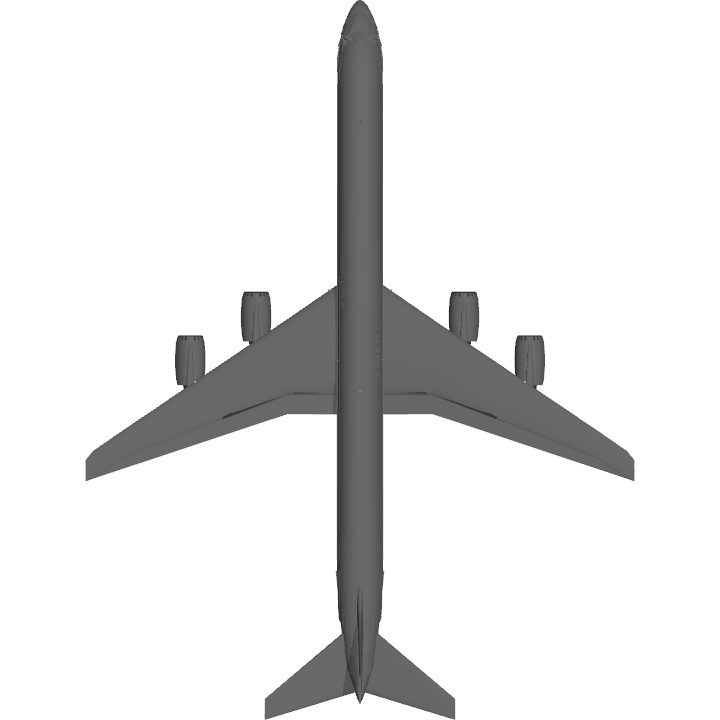
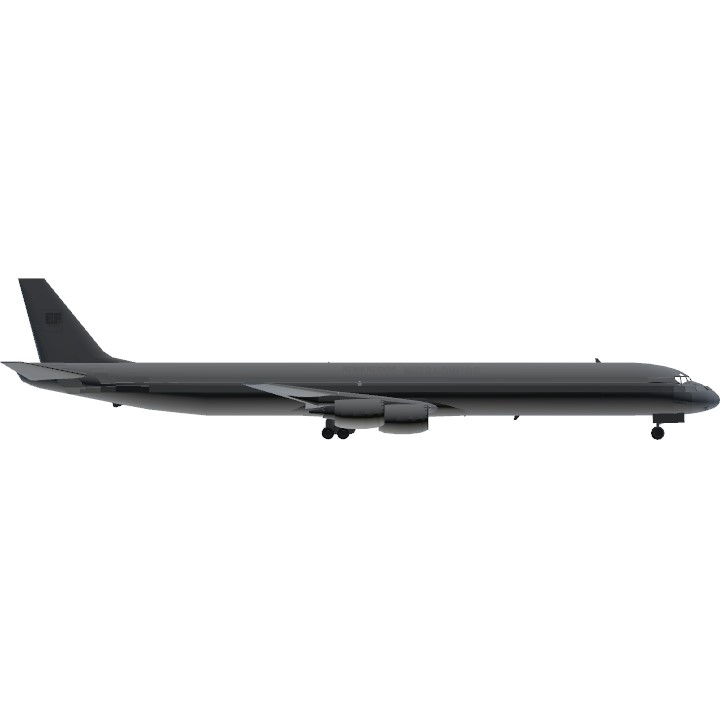
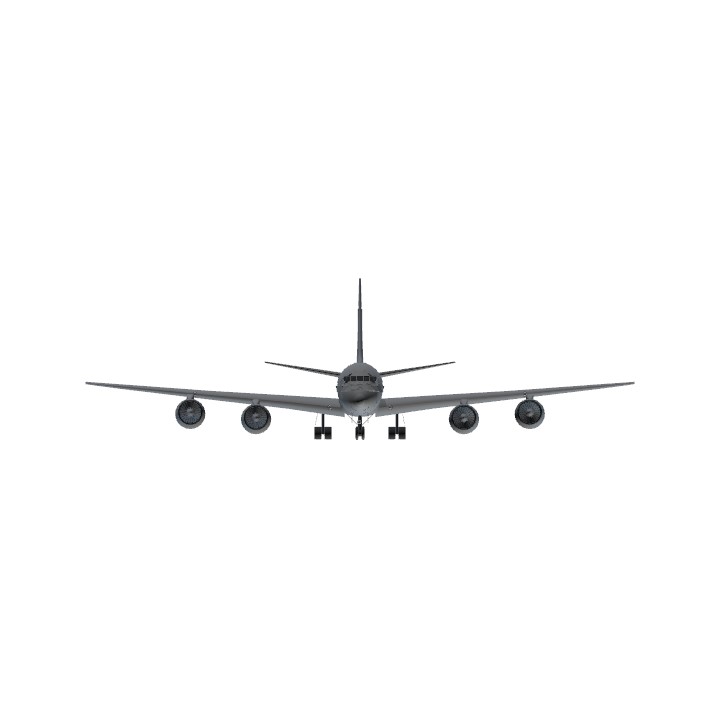
OH SHOOT THE AERODYNAMICS ARE SUPER WEIRD. PLZ PLZ IF ANYONE WOULD FIX IT I WOULD APPRECIATE IT!!
cool
@Legomaster0418 my bad